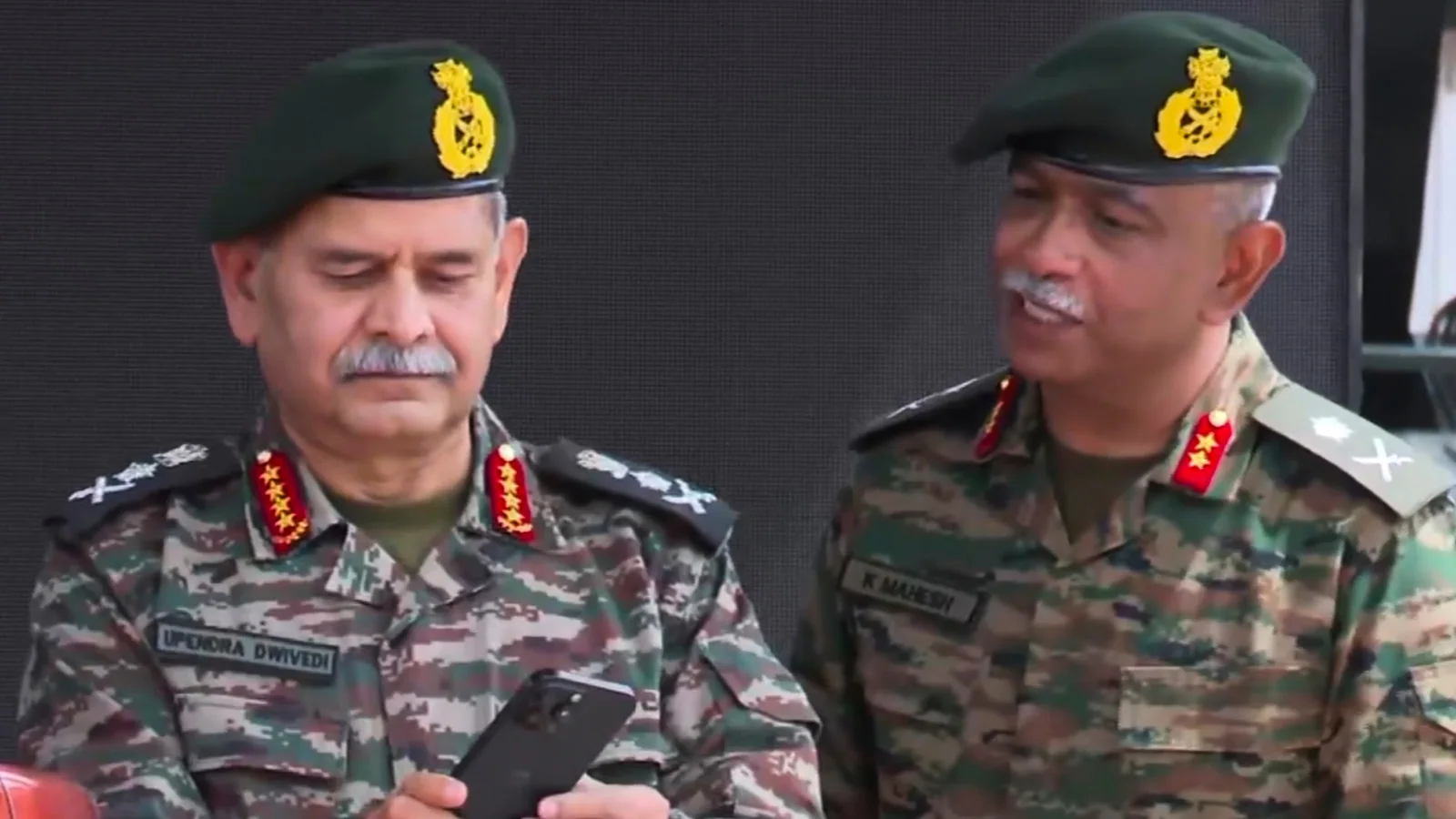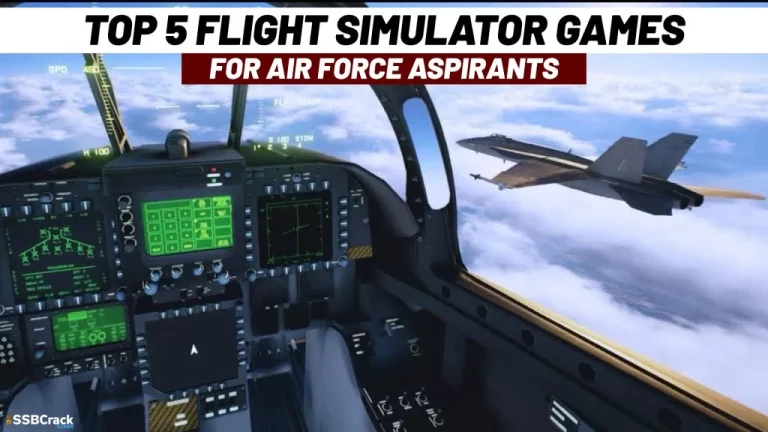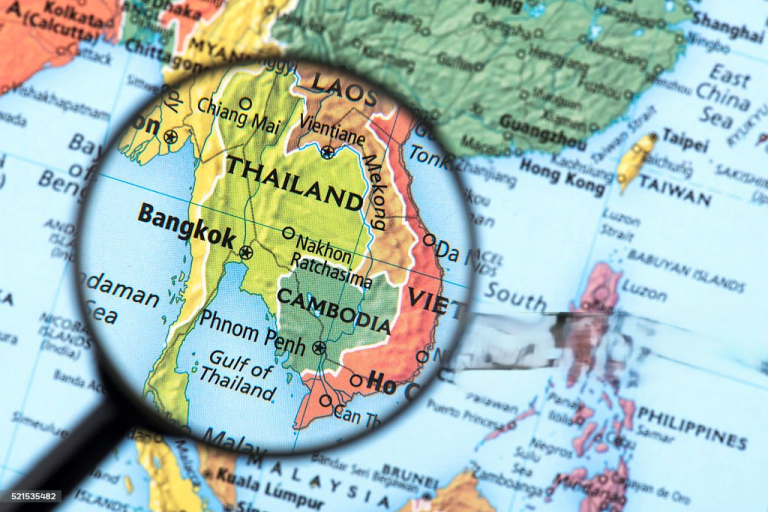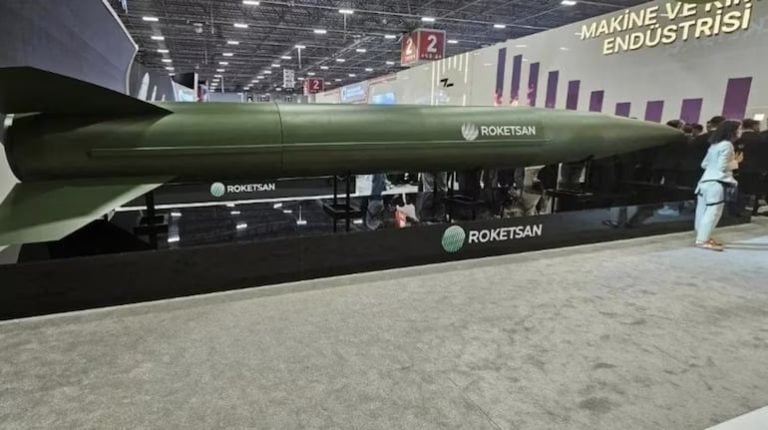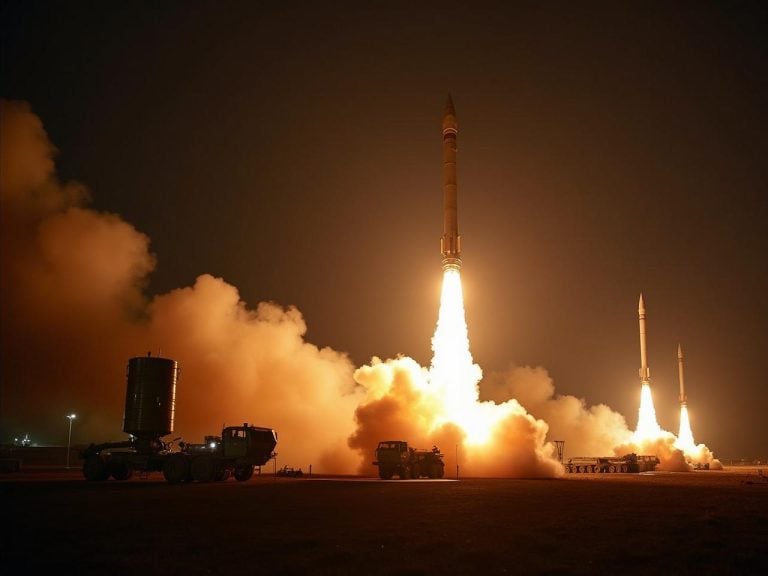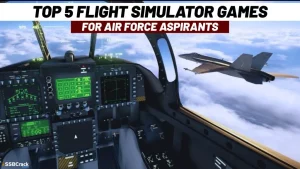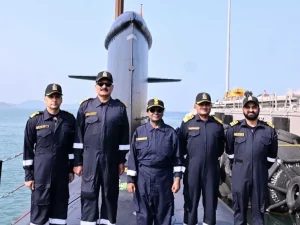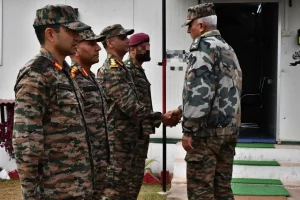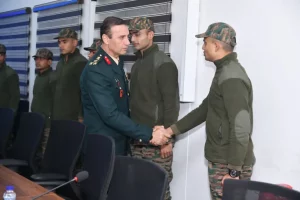In a significant development aimed at enhancing the operational capability of the Indian Army, Chief of Army Staff General Upendra Dwivedi announced the formation of two new combat units: the Rudra Brigade and the Bhairav Light Commando Battalion. This announcement was made during the 26th Kargil Vijay Diwas ceremony in Drass, underscoring a pivotal move towards modernizing India’s military forces.
The Rudra Brigade is structured as an integrated all-arms formation, carefully designed to execute rapid, cohesive combat operations. This new brigade amalgamates essential combat and support elements under a unified operational command, comprising infantry, mechanized infantry, armored units, artillery regiments, special forces, UAV and drone detachments, alongside logistics and combat support units. General Dwivedi, who sanctioned the brigade’s creation just a day before the announcement, emphasized that "Rudra is being raised with all elements… to provide combat and logistics support at one place."
In a notable strategic shift, two infantry brigades positioned on the frontlines have recently been transformed into Rudra brigades. This move signifies an urgent emphasis on establishing a robust combined-arms warfare capability, particularly along the borders with China and Pakistan.
On the other hand, the Bhairav Light Commando Battalion serves as an elite special forces unit designed to execute high-impact, rapid response missions. Tasked primarily with executing surprise disruption operations along hostile borders, these commandos will be equipped for swift infiltration, surveillance, and hit-and-run tactics, fundamentally enhancing the Army’s operational flexibility. General Dwivedi remarked, "Special Forces have also been established that will always be ready to shock the enemy on the border."
Importantly, this restructuring does not involve the addition of new troops. Instead, the initiative focuses on reorganizing existing soldiers and resources, enabling a more strategic deployment of forces. The Indian Army currently operates around 250 single-arm brigades, each comprising approximately 3,000–3,500 soldiers. Many of these brigades are now being converted into the integrated all-arms model epitomized by the Rudra Brigade. The aim is to ensure these formations are self-sustaining and prepared for deployment at short notice, equipped with dedicated logistics and combat support.
The timing of these initiatives aligns with growing concerns over regional security, especially amid rising tensions with China along the Line of Actual Control (LAC) and Pakistan along the Line of Control (LoC). The recent execution of Operation Sindoor, a cross-border strike in retaliation for a terror attack in Pahalgam, underscores the urgent need for a more agile and technologically advanced military strategy.
Through these developments, the Indian Army is clearly signaling a paradigm shift towards creating more effective, faster, and lethal units rather than solely relying on numerical strength. By facilitating integrated brigades and elite commandos capable of independent operations, the Army is positioning itself for future conflicts that will demand unparalleled speed, synergy, and shock capabilities.
